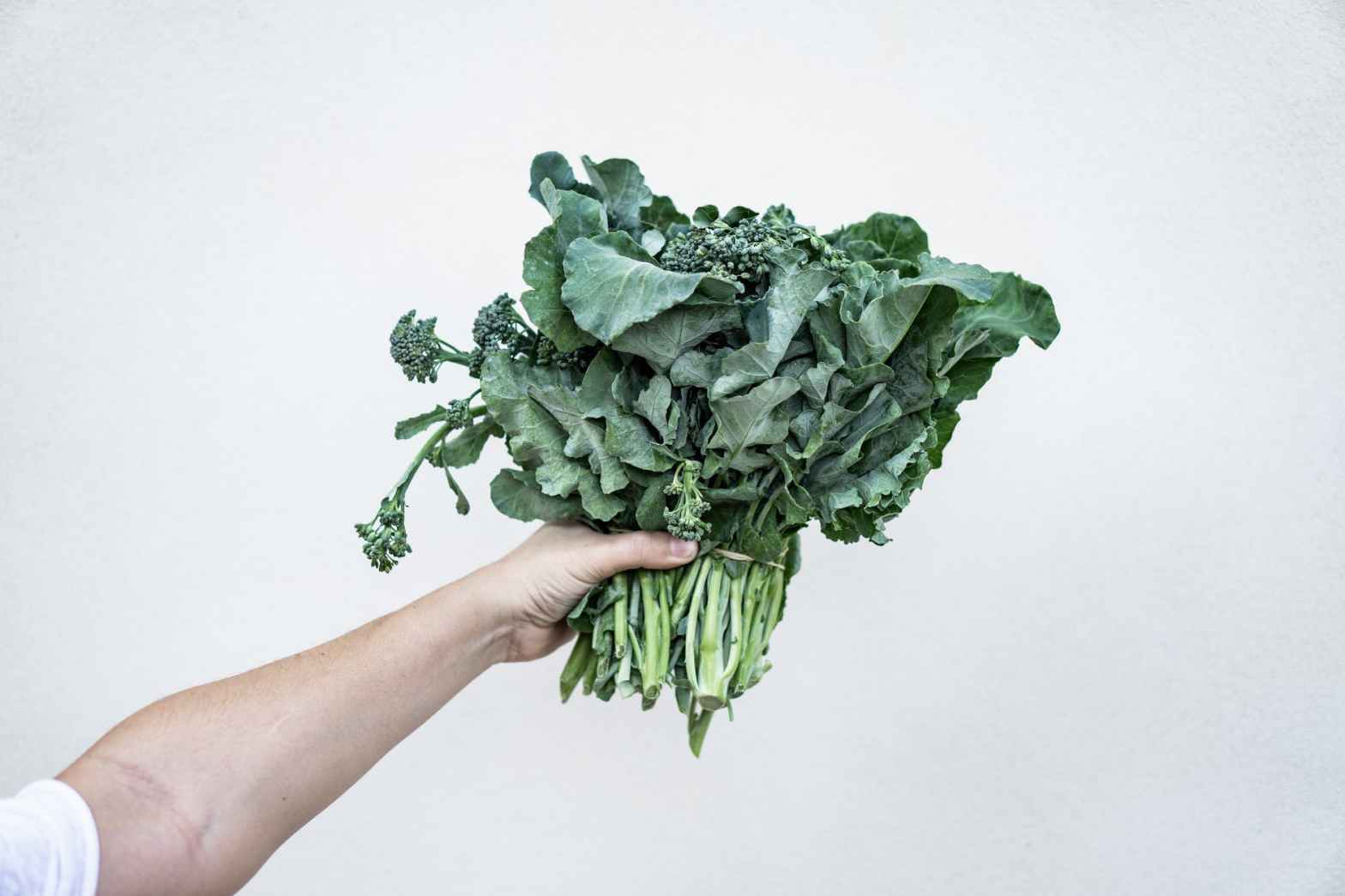Today was our first day back at college since we broke up for summer. And by ‘back’ I mean back behind a computer studying from home. I have been missing the learning aspect of college, as well as the day of respite it offers from the working week. Nonetheless, I do miss our classes in person, when we could chat during breaks, wander around the college grounds and learn about plants the best way I know: through touch, smell, sight, sound and, occasionally, taste. Next week, we will get to do this, as we go for a safely distanced day of practicals. I can’t wait.
Today, we covered tonnes of content, from legislation and health and safety to plant nomenclature and how much it costs to plant a hedge (a lot, if you were wondering). One thing that jumped out at me – and by that I mean: confused me – was the concept of the ‘triangle of U’ when talking about brassicas. I’m going to do my best at explaining what exactly that is and hopefully help myself figure it out along the way. Just to warn you, as much as the ‘triangle of U’ sounds like the name of an angsty indie song, it’s actually very scientific and delves into the evolution of plants. So strap in!
The Triangle of U is a theory first published in 1935 and named after the botanist Woo Jang-choon’s Japanised name “Nagaharu U”. This is a theory about the evolution of plants in the brassica family (Brassicaceae). The basis of this theory is that three ancestral brassicas, which were diploids, combined to create three common brassicas, which were tetraploids. Before we jump into the ins and outs of the theory, let’s get some terminology out of the way:
- Genome: this is the genetic material in a living organism
- Diploid: ‘Ploidy’ refers to the number of complete sets of chromosomes found in the nucleus of a cell. In somatic cells, the chromosomes exist in pairs. This is known as diploidy, and the cells are referred to as diploid (2n). Except for human sex cells, which are haploids (containing a single set of chromosomes), the rest of our cells are diploid, containing chromosomes from each of our parents.
- Tetraploid: While diploid cells have chromosomes in pairs, polyploidy (when a normal diploid cell acquires one or more additional sets of chromosomes), means that some cells can reach up to twelve sets of chromosomes. Tetraploid cells have four sets of chromosomes.
The relationship between these brassicas is best shown through the diagram below:

While this may look intimidating, once you break it down, it becomes a lot easier to understand. The AA, BB, CC, AABB, etc. differentiate between the three diploid species (AA, BB, CC) and the remaining tetraploid species (AABB, BBCC, AACC).
After that, it is important to note the ‘n=’. This is simply referring to the number of pairs of chromosomes present. In Brassica rapa (or AA), for example, there is a total of ten pairs of chromosomes. In the tetrapolid cells of Brassica juncea (or AABB), there is a total of 18 chromosomes present, as the number of chromosomes in AA and BB have combined.
What we observe is that the diploid species, or the Brassica nigra, Brassica rapa and Brassica oleracea, are the ancestral genomes, with only set of two chromosomes. When combined, these produce Brassica napus, Brassica carinata and Brassica juncea, species with tetraploid cells.
Since this discovery, an ‘allohexaploid’ has been created, which would sit in the middle of this triangle. It combines the three different sets of chromosomes to create AABBCC.
If your brain hasn’t melted by now, here’s the horticultre element: these derived species make up the bulk of the brassicas you know and love today. Brassica oleracea has many cultivars which produce these favourites: brussel sprouts, broccoli, cauliflower, kohlrabi and more!
I can’t say I have a comfortable understanding of this just yet, but hopefully I can review this in a few months and make a little more sense of it then!
